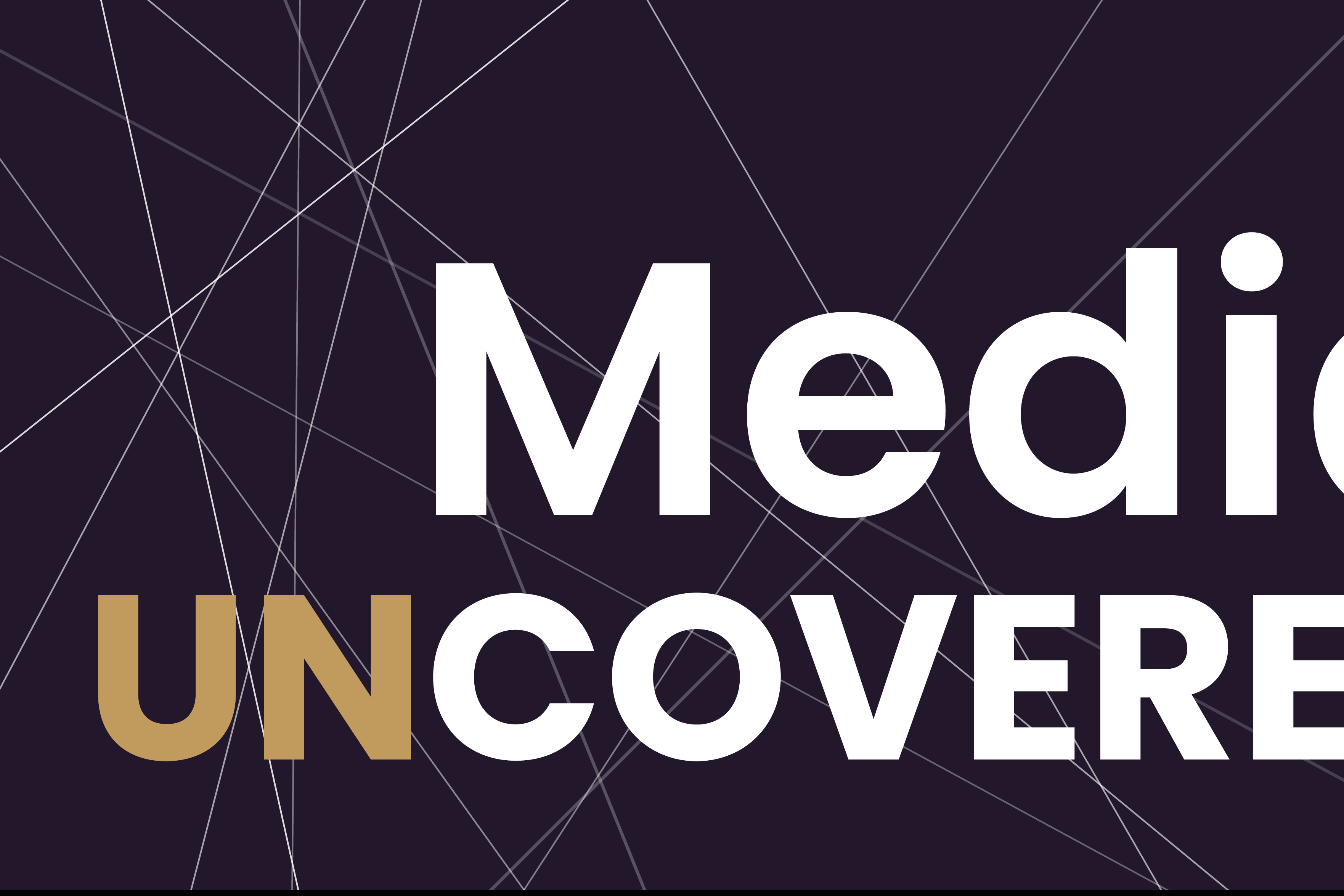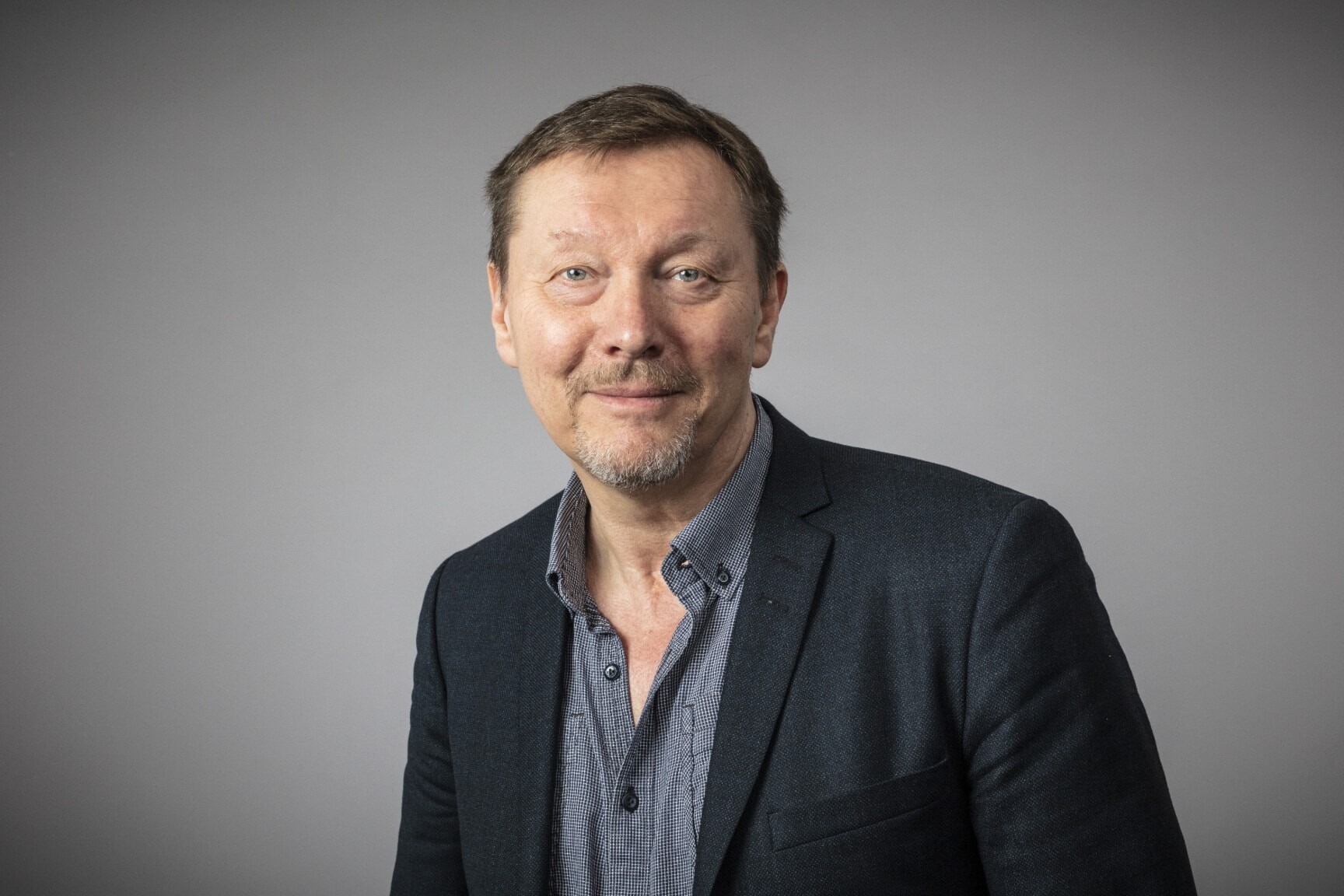Podcast Collaborations: The positives, the pitfalls, and the public interest
18th August 2022
Three top public media podcast executives discuss with PMA the benefits and complications that come with collaborations, and how ultimately, they can help public media organisations fulfil their public service obligations.
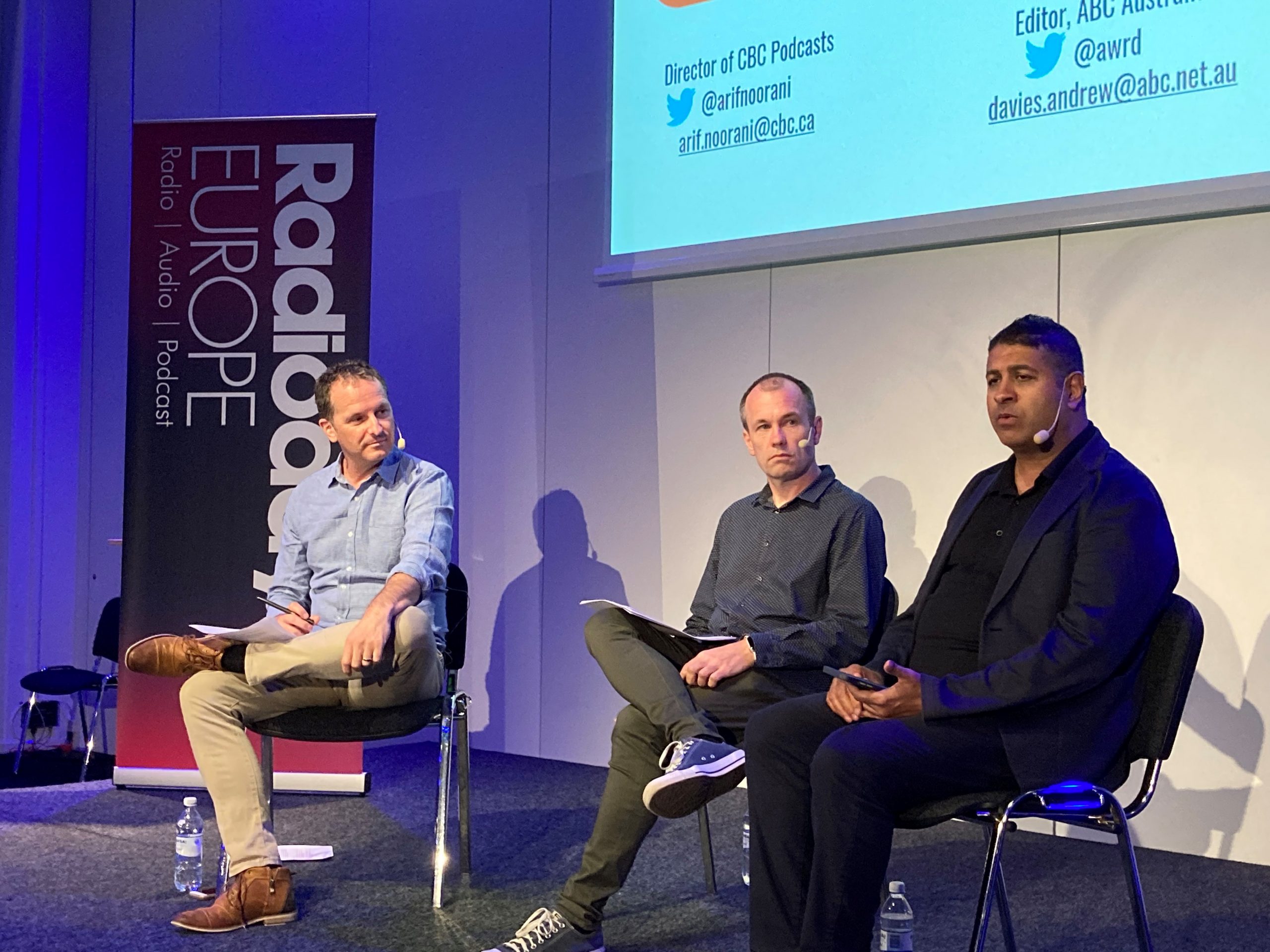
As the podcast market globally becomes ever more saturated and competitive, PMA invited three top podcast executives from three leading public media organisations to discuss how collaborations might provide the pathway for public media organisations to remain the premier podcast producers. It came after a talk about podcast collaborations at Radiodays Europe in Malmö, Sweden in May 2022.
They spoke to PMA’s Editorial Manager, Harry Lock.
Harry Lock: Could you give me some examples of podcasts which you’ve worked on where you collaborated with another organisation? How does it actually work logistics-wise?
Arif Noorani, Director of CBC Podcasts: Hunting Warhead is a collaboration we did with VG, Scandinavia’s biggest newspaper, on a story they’d spent more than two years on (it was nominated for a Prix Italia.) Production wise – CBC led the podcast and embedded a VG team member in the production team providing contacts, research and notes on scripts.
We have three international co-productions with the BBC World Service – launching in the next year. It’s an equal joint effort – Jon Manel, commissioner for the BBC World Service and I co-lead all aspects of the project. We think the combined heft of CBC Podcasts and the BBC World Service was attractive. We meet weekly and more (along with Whatsapping each other if it’s urgent) to discuss production, content, rollout and all the business side of things. We have one point person between the production teams and the BBC/CBC to keep it streamlined. To make this work, you have to have lots of trust between all sides, and a shared vision of the type of content you want to make (in this case journalistically-driven serialised narrative storytelling rich in characters and heartbeat). Jon and I have informally collaborated for a few years so that really helped. We’ll also combine our audience building, digital and marketing efforts in the launch and rollout.
Andrew Davies, Digital and Engagement Editor, ABC Australia: Co-productions and collaborations with external organisations/partners is still a relatively new area for the ABC in podcasting. There have been a number of collaborations between Radio National (ABC’s specialist talks network) and the BBC but those have mostly been radio focused. The ABC’s Audio Studios team did a co-production with WNYC Studios a few years ago with Short & Curly, our very popular ethics podcast for children.
More recently we’ve worked with Arif and the CBC Podcasts team around the release of series two of our popular Stuff The British Stole podcast. That involved the CBC team helping with audience building (through cross-promotion, publicity, marketing and digital/social content) in the North American market. That was a really successful collaboration and we were excited to work with the CBC as we knew they recognised not just what a great show it is but also wanted to help it reach a bigger audience. There were a large number of people involved from both broader teams but I want to echo Arif’s point about having clear point people on both sides to keep things streamlined.
Tim Watkin, Executive Producer of Podcasts & Series, RNZ: RNZ Podcasts has produced 46 podcasts in partnership with 38 different organisations. That includes other broadcasters and media, production houses and funders. Collaboration can take many forms.
The most common form of collaboration for RNZ is where we make a podcast alongside an independent production company. For example, Eating Fried Chicken in the Shower is a series that was pitched to us by an independent producer, Charlie Bleakley, and host James Nokise. RNZ paid for the series but was very hands-on, more than a mere commission. We provided a supervising producer, sound recordist on location, draft audio edits, studios for the final mix and promotion.
Another model we’ve used is a 50/50 co-pro, as we did with NZ’s biggest newspaper group, Stuff. They came to us with the idea for White Silence, for example, and a few months of initial research. We helped provide a narrative structure, gather more interviews, worked on script development and, again, provided the studio, a supervising producer et al. Stuff and RNZ created a joint feed, agreed co-branding and joint decision-making on everything and signed a contract in which all costs and revenue were split evenly.
A final model worth mentioning is how we make daily news podcast The Detail. To get access to funding for the project we needed to work with independent producers so we asked other media to pitch. We selected Newsroom and they make the podcast for RNZ, funded by the Public Interest Journalism Fund. So it’s a three-way. Newsroom pays the staff, but they work at RNZ offices and RNZ owns the podcast and its feed. Newsroom is also allowed to share the podcast on its website and RNZ also shares the show with other media, such as Stuff. It also plays on RNZ National every night at 6.30pm.
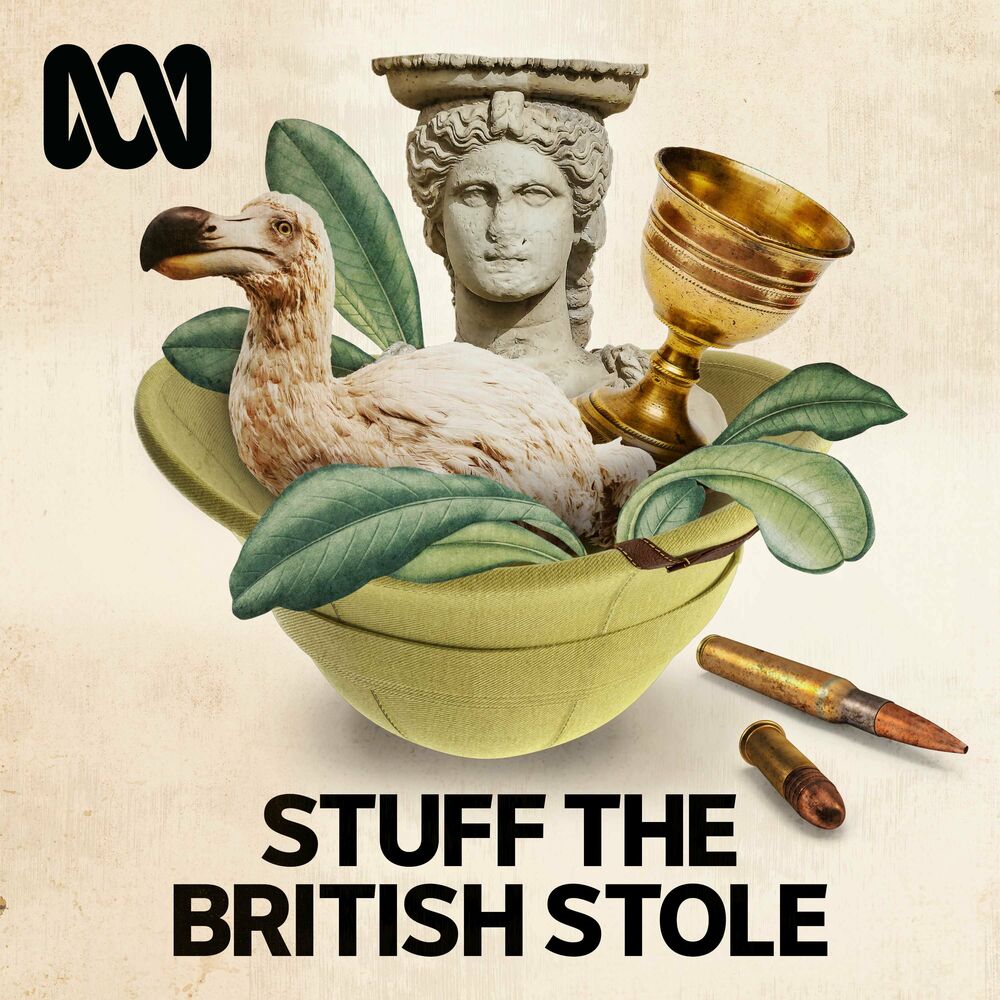
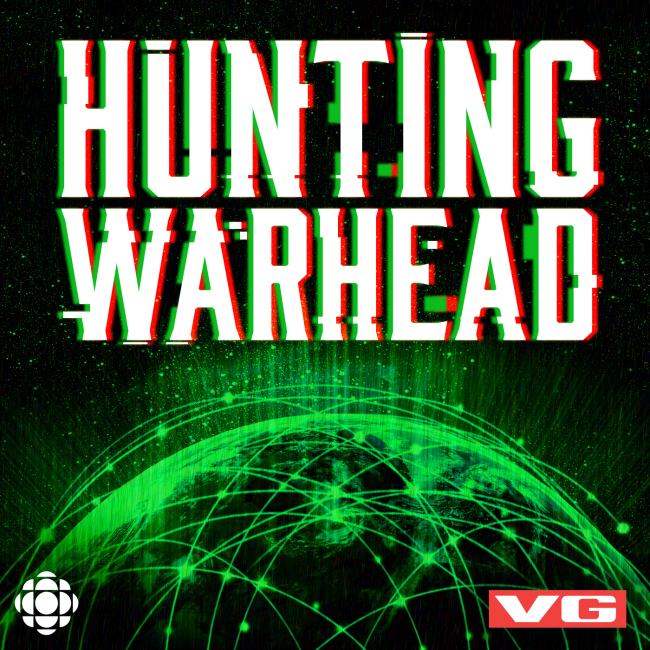
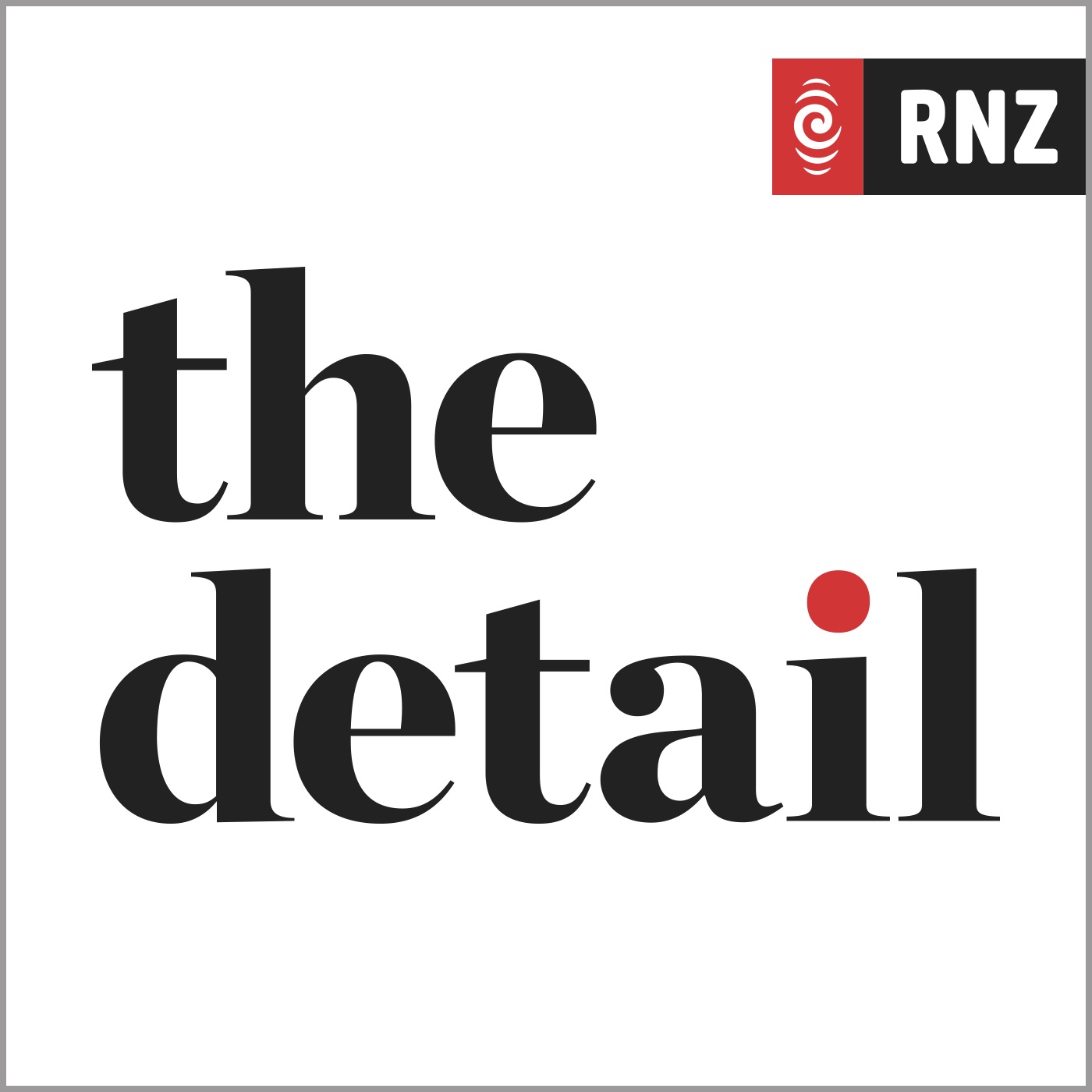
HL: Are there certain types of projects / podcasts which are more suited to collaborations? Which ones have you found most difficult?
AN: For us it’s deeply reported stories where one of the parties might have done a few years of legwork and research – those are appealing because it allows you to build on that rather than start from scratch. Our Uncover podcast is a collaboration of sorts each season – with a new reporter who brings a deep trove of contacts and a story they want to tell in podcast form. In past seasons [we] worked with longform magazine writers, filmmakers, authors and journalists who worked for other media organisations.
Projects we’ve found difficult – and have died on the vine – are ones where there isn’t a unified vision on the approach to the content or there isn’t a shared trust within the hybrid production team. There haven’t been many of those. We’ve learnt to be proactive and stress test the collaboration – find ways to pilot the relationship to see if it will flourish over the many months it takes to pull off collaborations. Talk lots, be flexible and have a point person on each side help navigate the various steps of the process.
AD: I think Arif’s point about a unified vision is very important. Shared editorial values are also incredibly important. I’d also add that another big selling point is having access to talent or voices that you couldn’t otherwise get on your own, something which can really make or break those deeply reported long-form narrative series.
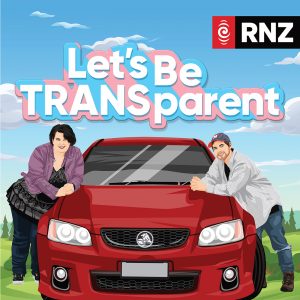
TW: The best co-pros for us have been ones where the partnership was established near or at the very start. Coming in part-way through or where the podcast is viewed as an add-on to something else (eg a radio show or TV production) has been problematic. As Arif says, a shared and agreed vision is essential. Our biggest issues came when producers we’re working with have wanted to change approach mid-stream, where they’ve had fallings out between the external production team or when the TV is seen as paramount. An agreed decision-making process and clarity over ultimate editorial control is essential.
As Andrew says, one of the great advantages of co-pros is accessing stories or talent we couldn’t otherwise get to. We produced a 90% te reo Maori series called Whakamaori this year with Arataua Media, a company that had people with language and cultural skills we didn’t have. Similarly, Let’s Be TRANSparent was a transgender story that could only be told by a trans person (and family), so partnering with a young trans man and his mother was key.
There have also been projects we couldn’t do because the potential partner needed to turn a profit or promote a sponsor, so that just rules some out from the get-go. And egos can always be a deal-breaker. As time goes by we’re increasingly influenced not just by the quality of the story or podcast idea but also by the question of whether we want to spend months of our lives with these people!
“We are still driven by our charter and insist on ultimate editorial control so our charter is honoured … If we bring our standards to stories that would otherwise be done without public sector principles [then] we hinder misinformation and boost trust in media.”
Tim Watkin, Executive Producer Podcasts & Series, RNZ
HL: In terms of the podcasting market, how much do you feel you need to collaborate just to remain competitive? Do public broadcasters have the budgets and scale to be able to compete with global tech giants on their own?
AD: There’s no doubt the podcasting market is becoming incredibly competitive, but it’s the same for the ABC when it comes to us being committed for the long haul and audiences hopefully respecting the consistent level of craft, storytelling and sound design we bring to our shows. The increasing budgets for shows isn’t just a challenge for public broadcasters but also for independent producers and production companies as well. One of the ways public broadcasters can compete with some of the global tech giants is through greater sharing of information, general learnings/advice and skill-sharing. That’s something that Arif, Tim, Jon Manel and I have all been doing for some time. Learning from what’s worked, or more importantly, what hasn’t worked for others can save you a lot of wasted time, money and effort. Of course, every country and culture is different so it doesn’t necessarily follow that just because something hasn’t resonated with audiences in Canada or the UK it won’t work in Australia, but we’ve gained some invaluable learnings from Arif and the CBC Podcasts team. Tim and I also talk regularly about a range of issues and pass on information about what’s worked and what hasn’t as well as keeping each other in the loop about new releases and projects.
AN: The main things that draw me are to find new IP, attract experienced creators, do richer journalism, marshall our audience building powers and in the end create something that can stand out in that 2million+ universe. It’s about finding a way to stand out on the international stage. So yes, to be relevant and competitive. We’ll also work with independents and the commercial sector. Anyone who has the same commitment to premium quality. Our budgets are not always the same as the big tech giants – but we’re committed for the long haul and I think audiences respect the consistent level of quality and storytelling we bring.
TW: Six years ago collaboration was a bonus, something relatively novel and a way to build on our existing advantages. Such is the growth of podcasting now, yes, it increasingly feels like a way to remain competitive with the large number of commercial producers. I also feel the collaboration is part of our mandate as public broadcasters. There’s a public good element to getting these stories to our wide audience and helping smaller producers and communities get a foothold in the podcast industry. We’ve helped a lot get their start.
We still do stand out from many podcast makers because of the quality of our narratives, sound design and journalism. We have standards and expertise others often can’t match. Having said that it is hard to match the budgets of larger tech companies… and indeed many larger media. The New York Times, Wondery, CNN… a public broadcaster, especially in a country the size of NZ, can’t compete financially. So collaboration for us also often means finding funds. For example, The Aotearoa History Show only got a second season because we gave the first season to the Ministry of Education to use during covid lockdowns and they wanted more to use in classrooms. So they funded season two.
“To make [collaborations] work, you have to have lots of trust between all sides, and a thread vision of the type of content you want to make … Projects we’ve found difficult – and have died on the vine – are ones where there isn’t a unified vision on the approach to the content or there isn’t a shared trust within the hybrid production team.”
Arif Noorani, Director of CBC Podcasts
HL: Arif and Andrew – you’ve both worked with each other on a collaborative project. Did it make it any easier that you both work for public media organisations and so have similar mandates in terms of the content you make? What are some of the added complexities that come with international collaborations?
AN: Yes for sure it made it easier. The fact is the CBC and ABC have been informally collaborating and sharing more than seven years around digital and podcasting, sharing learnings on how to survive and thrive as technology has disrupted how audiences consume media. The added complexities you have to sort out are often around legal and contracting, and finding. Having that relationship and shared vision is absolutely important as it helps get over the speed bumps you might encounter in other areas.
AD: Yes, absolutely. As Arif says, we’ve been collaborating informally, holding regular skill-sharing sessions, giving feedback on pitches and cross–promoting each other’s shows for quite a while. I agree about the importance of having a clear legal agreement that both parties are happy with. For a co-production it’s also important to have budgets that reflect the actual and in-kind costs, and both parties need to be happy with those before discussions about combining budgets. Detailed information about workflows and the production schedule also really matters so there’s clarity around which partner is doing which bits – e.g. script checks, the best way of providing feedback and which side is doing the final mixes.
One of the added complexities between us and the CBC is the time-zone between Australia and Canada, but shared documents can really make a difference when you are working across different teams! Another complexity can involve co-branding of podcast tiles and that’s something we certainly talked through with the CBC Podcasts team around the release of series two of Stuff The British Stole.
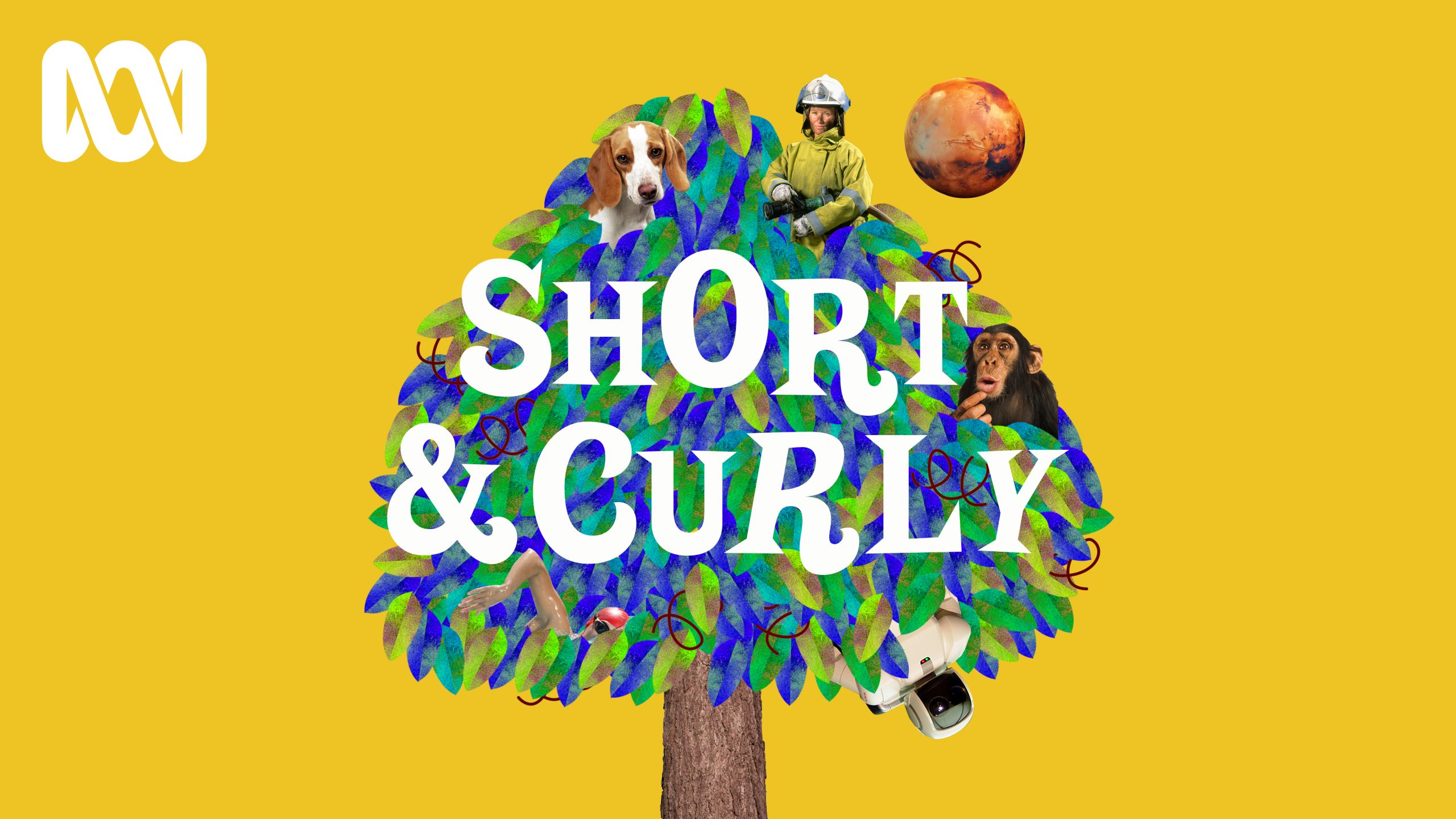
HL: Tim, RNZ has looked more domestically and partnered with NZ-based private media organisations. That’s probably quite an alien concept to many PSMs and many private media organisations. Why did you choose to do that, and what sort of benefits has that given RNZ and the podcast content it produces? Has partnering with private companies meant you’ve ever had to compromise on RNZ’s public service principles?
TW: I’ve been surprised how surprised European public media were at our private sector co-pros. It seemed so natural to me but so foreign to them.
What’s the point of public media, what makes us special, if we just work with the private sector? The answer is two-fold. First, we’re not that special. Second, whoever we work with, we are still driven by our charter and insist on ultimate editorial control so our charter is honoured.
The benefits are many: audience reach via our partners’ platforms – which gives scale and access to niches. Access to stories and talent from hard to reach communities. We’ve helped build a podcast industry in NZ, brought non-audio media into the media world and boosted smaller producers and start-ups, which in turn brings companies back to us with repeat business, telling more stories we couldn’t make without them. If we bring our standards to stories that would otherwise be done without public sector principles we hinder misinformation and boost trust in media.
HL: What sort of benefits have you all found from these collaborations? What makes it worth it, rather than just keeping it in-house?
AN: There are a few reasons for me. One is the opportunity to expand audiences – marshalling the collective marketing/social/audience building approaches whether that’s tapping into relationships with podcast apps, direct contacts with media in your region and your existing podcast audience. Cost savings if you are sharing production costs. And then drawing on the creative and editorial experience you have collectively. The ultimate goal is to create premium podcasts.
AD: One of the big benefits of co-productions is the prospect of producing a more creatively ambitious show – both through the budget but also the skills and expertise the other partner brings. They can also increase the profile and reputation of your organisation in different markets from your own. The other thing I’ve noticed from many of our calls with the CBC Podcasts team is there are real benefits when it comes to increasing the skills of teams as well. On a personal level, I really value the relationships I have with Arif, Tim and many other people in the sector.
TW: I’d add that another benefit for public broadcasters is giving staff the chance to work in/with the private sector without them having to quit. Retention is tough and this is a way to give your team opportunities to develop and try things and work with a wider range of people without losing them.
“One of the ways public broadcasters can compete with some of the global tech giants is through greater sharing of information, general learnings/advice and skill sharing. … Learning from what’s worked, or more importantly, what hasn’t worked for others can save you a lot of wasted time, money and effort.”
Andrew Davies, Digital and Engagement Editor, ABC Australia
HL: Have you found you’ve been able to access a new audience through your collaboration partners? In terms of data/analytics, have you found podcasts you’ve collaborated on have been more successful?
TW: Absolutely. The Detail and Gone Fishing are two of the biggest podcasts in NZ history. I do think many hands make light work, the more the merrier, more is more etc. Co-pros mean more skills, more promotion, more platforms etc. But it’s about reaching new niches as well as scale. New audience also means niches such as Muslim NZers (Widows of Shuhada), trans NZers (Let’s Be TRANSparent) and so on.
AN: Yes for sure. Our co-pro with VG (Scandinavia’s biggest newspaper) on Hunting Warhead not only tapped into Scandinavian and Europe, it also opened doors to radio and audio conferences in that region. Our collaborations with the BBC World Service are yet to be released (first one is January 2023) but they have a huge audience footprint around the world. Overall our podcasts chart in 40+ countries so these collaborations help us deliver on one of our key pillars: Bringing CBC to the World.
AD: The collaboration we did with the CBC Podcasts team on the release of series two of Stuff The British Stole really helped grow the audiences for that show, with the downloads doubling (on an average per episode) basis between series one and series two. The involvement of the broader CBC team played a huge role in that growth. The other thing I’d say is that we’ve done a number of cross-promotion swaps with both the CBC and Radio New Zealand in the last few years and really seen the impact from those when it comes to new audiences engaging with our shows.
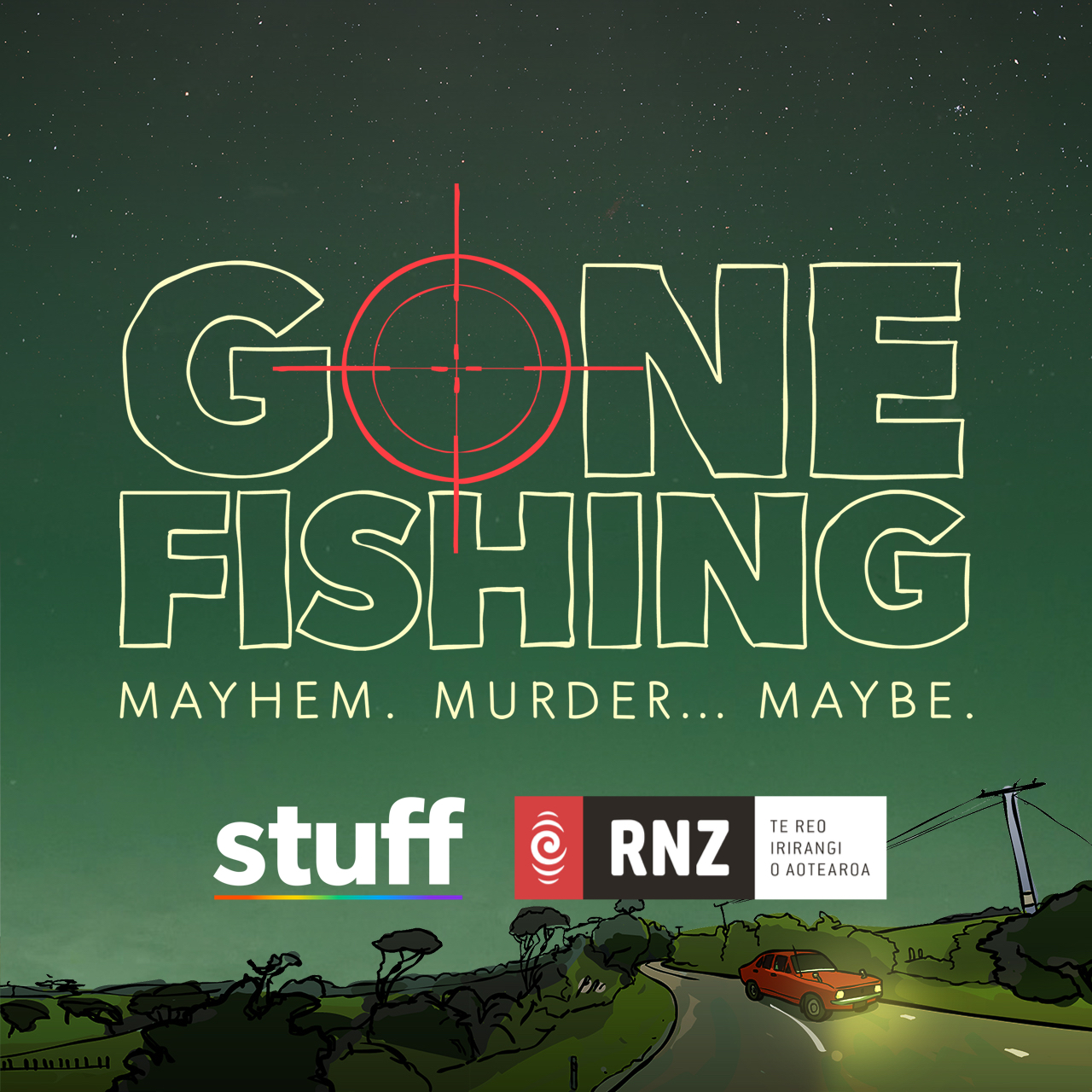
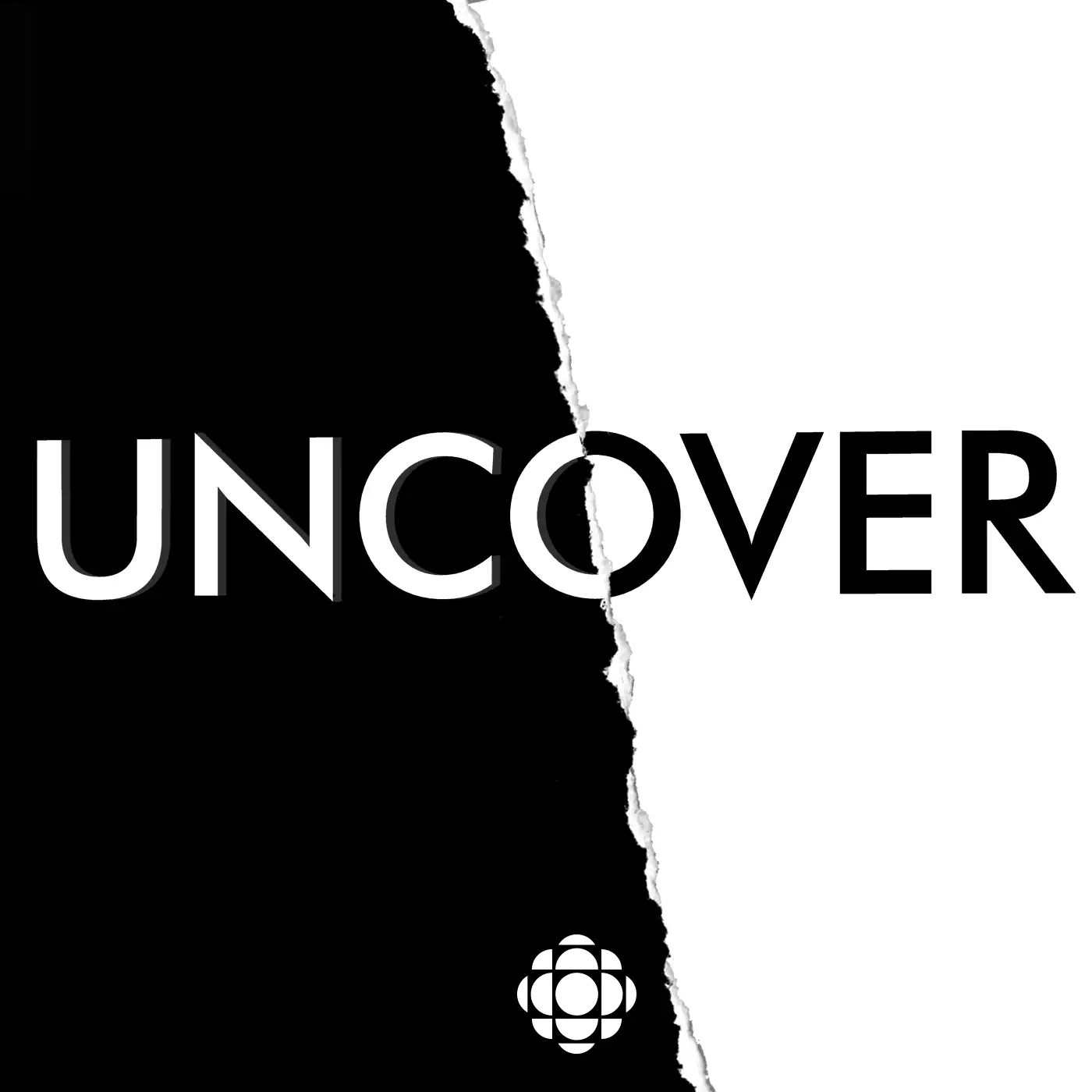
HL: Given your experiences, would you encourage other PSMs to collaborate?
AN: Yes for sure. And also to collaborate with a range of partners. We have a partnership with the LA Times coming out this fall and work with all types of media organisations and are very agnostic in our approach. The commercial podcast sector has become very nimble and is moving very quickly. We need to also be entrepreneurial, creative and proactive in our approaches.
AD: Absolutely, I think there’s so much to be gained from PSMs working together. It’s worth keeping in mind that they don’t have to be massive projects, some of the best things start small and build from there. The sharing of information and learnings has been a big benefit as part of the ABC’s podcasting journey.
TW: In a heartbeat. Arif’s word ‘agnostic’ is one we use as well. It’s good to keep an eye out for all sorts of partners. Diversity is a word that often gets used in a very limited context these days. But a diverse approach to collaboration means you can work with big and small, print and TV and radio and digital, local and international, regional and urban and so on.
HL: Finally, a lot of talk during Radiodays was about third-party platforms. Some argued that using these platforms surrenders PSM’s ownership and control over its own content, and some said they have faced censorship from these platforms. In response, we’re seeing PSMs create their own listening platforms where they will host their own content. There was even talk about withdrawing from third-party platforms completely. What’s your response to this? Is that a rational move? Will the audience buy into it? Does it fundamentally undermine public service principles?
AN: This is an issue with lots of opinions on all sides. On the one hand, I think I can see the case from those in non-English markets for privileging internal platforms. But I would like to see the data and results of those plans – are they really reaching who they could in greater numbers than in they were more agnostic and on both? On the English market side, our approach is to do both. We robustly support the CBC Listen app (our listening platform) and are even working on early releases for that platform. At the same time, there is enthusiastic support for us to be everywhere audiences are – so to be on ALL the apps that audiences go to. That trend started more than ten years ago and I don’t think we’ll reverse it.
TW: At first blush I didn’t get the attitude of some in Europe re third parties. But then I realised it’s different if English is a second language. If you have such a key point of difference to Apple, Spotify et al – that your own app, site or platforms are in another language – then you can rely on an audience finding you in a way that we can’t. In the English speaking world we need to follow our listeners. I’d love to bring more people to RNZ platforms, but we’re small and the audience is already used to using Apple and Spotify. We don’t have the size to compete with companies with a bottomline many times larger than our country’s annual GDP. We need to be real and if we can’t beat ‘em, we join ‘em.
AD: I agree with Arif and Tim about this being a complicated topic. We’re really prioritising our ABC Listen app as well and work very closely with that team on curation strategy, opportunities for bonus or extended content and calls-to-action. It’s important for public media to have strong owned and operated platforms while at the same time being where audiences are on third-party platforms.
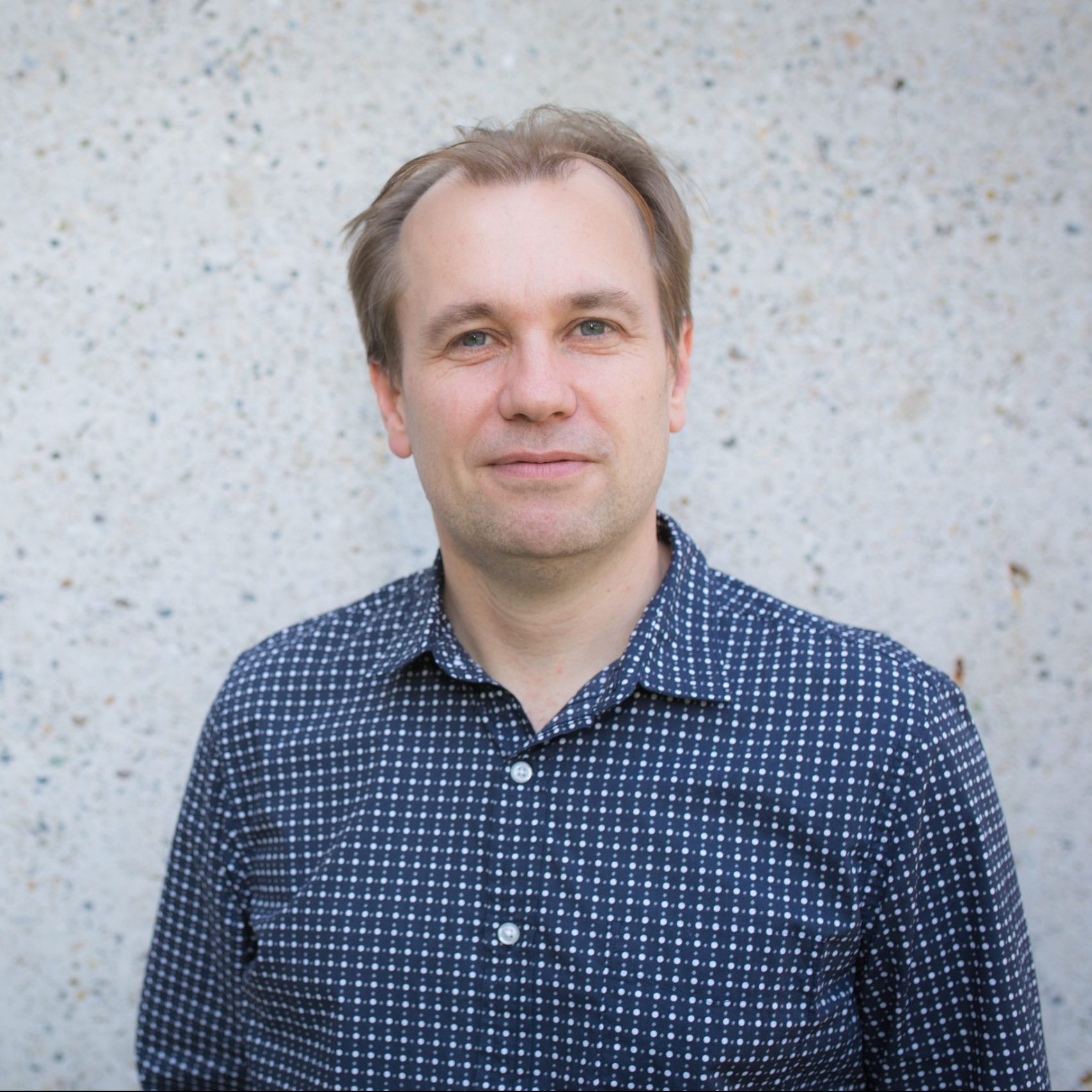
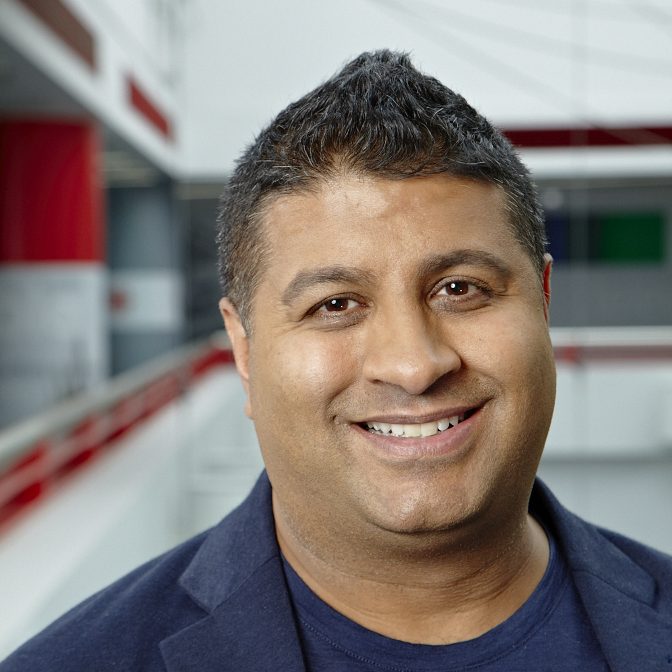
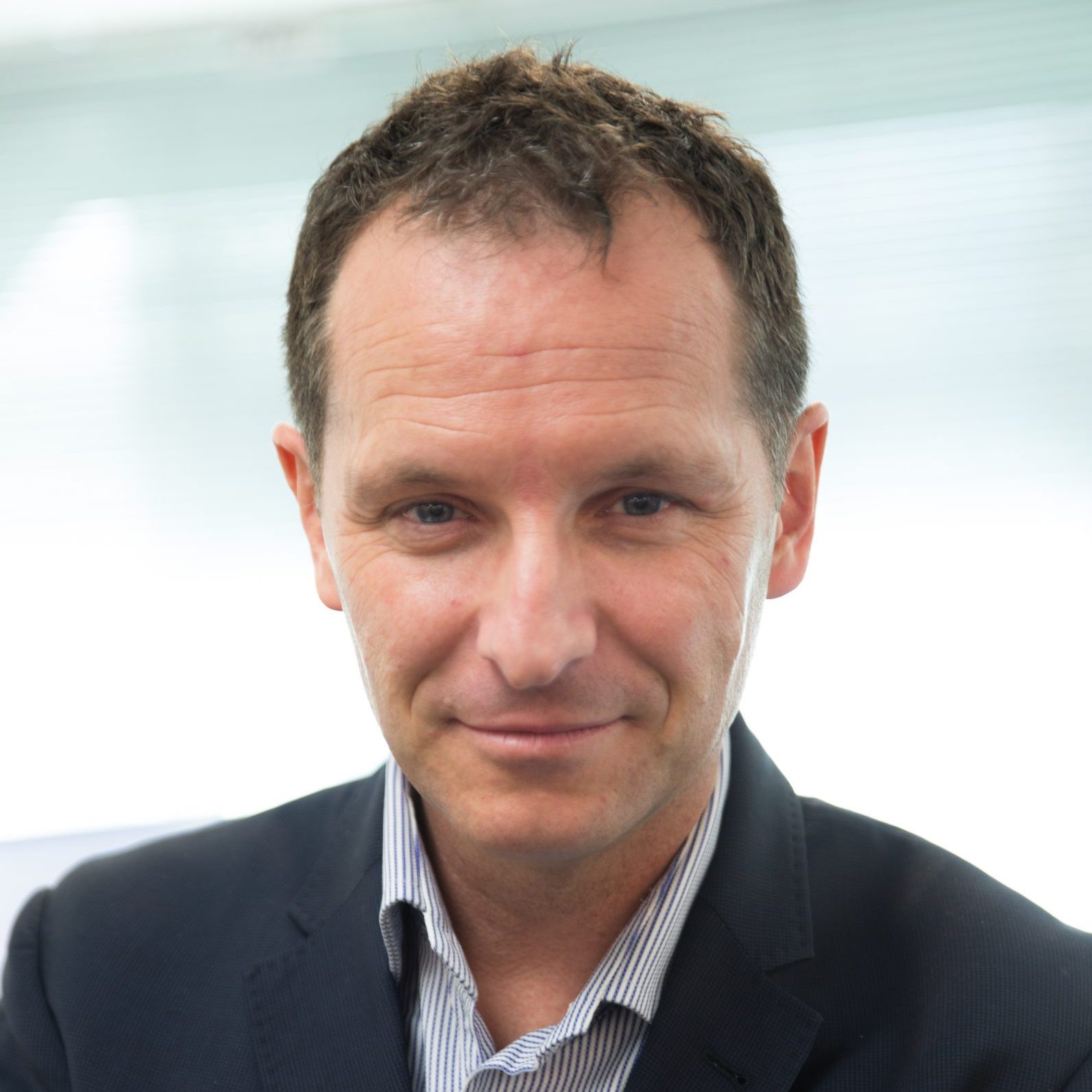
Related Posts
30th May 2022
Front lines and online: New podcast explores the dangers facing journalists today
Episode 4 of PMA’s podcast explores the…
21st April 2022
Ukraine war: Public media podcasts with unique takes
From an open API to practical info for…
15th March 2022
Swedish Radio announces free-to-use daily news podcast in Russian
Starting this week, Swedish Radio will…


